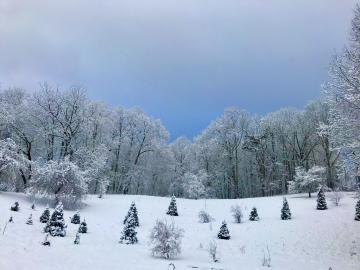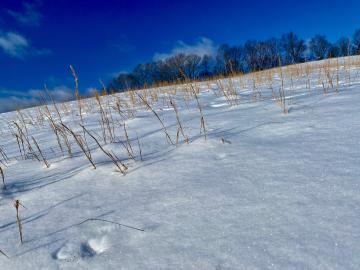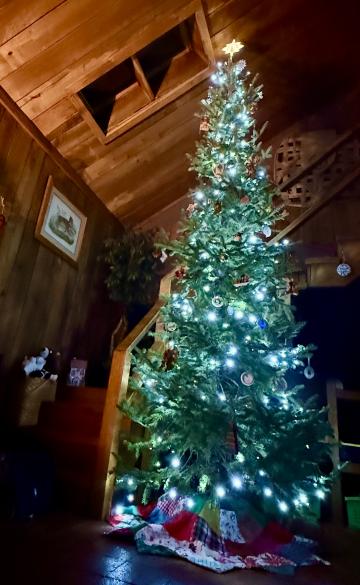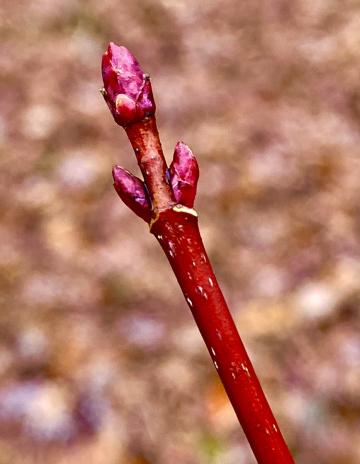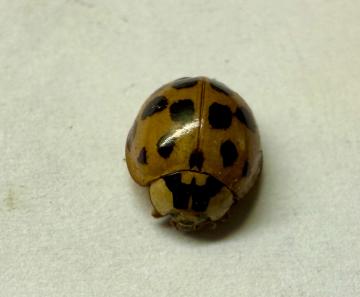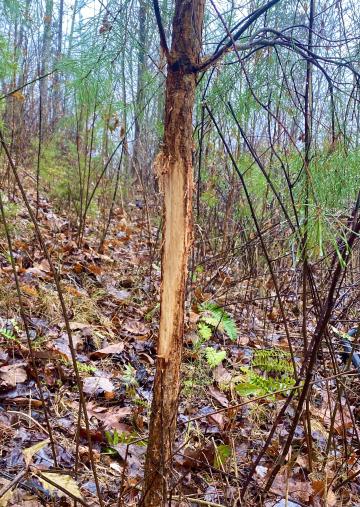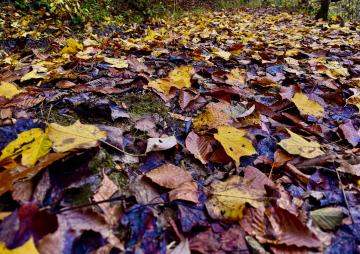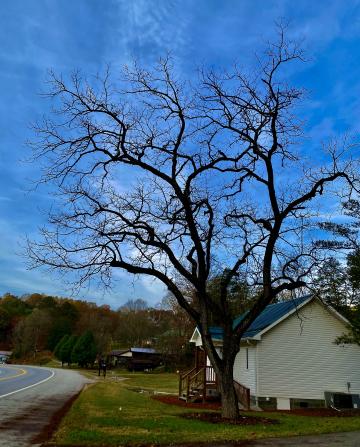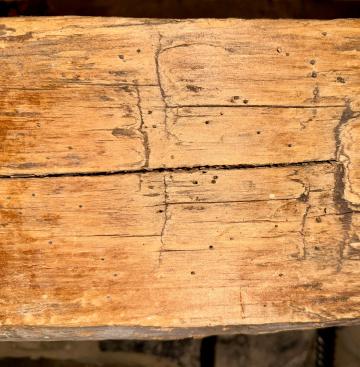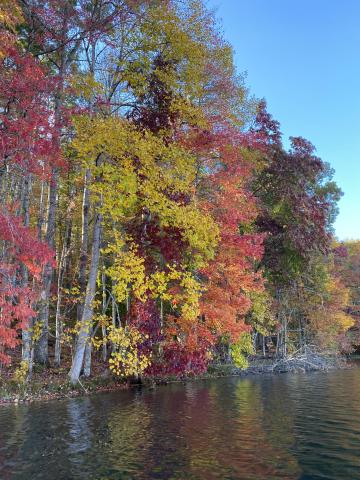With a nod to the season of Halloween, I’ll share a tale about something that has creeped people out for centuries. A superstition that came across with settlers from Europe and established itself here in the eastern U.S. It involves death and a bug.
Back in the day people did not die in hospitals, but in their own beds, and it became a tradition to watch over the dying until their end, and this became known as a death watch or vigil. During this time the house was kept very quiet, with limited activity and conversations held in a whisper. With the house this still, a tapping sound could often be heard that seemed to come from all over the house and occurred often enough that the sound became synonymous with impending death, and superstitions arose as a result. One thought was that the tapping sound was the grim reaper tapping his bony fingers impatiently waiting for the loved one to die. Another was that it was the sound of time ticking off the dying person’s last moments. Records of the phenomena date back to the 17th century, so it was a spooky occurrence that’s been around a while.
